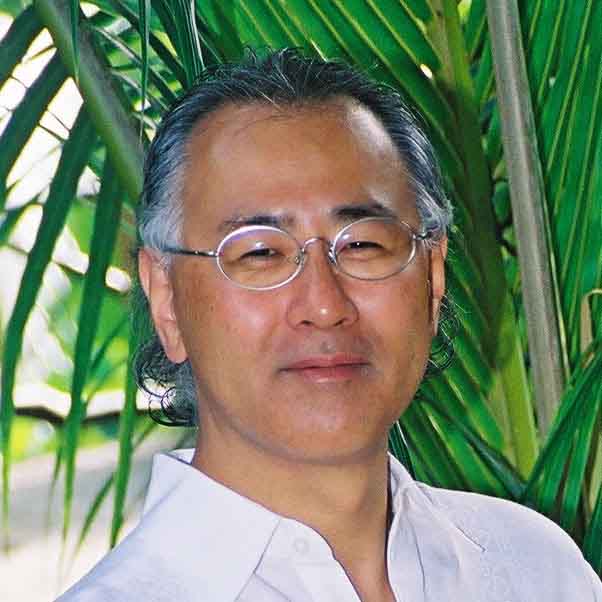The Bio-Networking Architecture
The Bio-Networking Architecture is a Biologically Inspired Approach to the Design of Scalable, Adaptive, and Survivable/Available Network Applications.
We (and our collaborators) applied biological concepts to the design of network applications and proposed a new network architecture called the Bio-Networking Architecture [2-1]. The Bio-Networking Architecture is inspired by the observation that the biological world has already developed mechanisms that are necessary for future network requirements such as self-organization, scalability, adaptation and evolution, security, and survivability. In the biological world, each individual entity (e.g., a bee in a bee colony) follows a simple set of behavior rules (e.g., migration, replication, reproduction, death, energy exchange, relationship establishment with other entities), yet a group of entities (e.g., a bee colony) exhibits complex, emergent behavior and characteristics (e.g., self-organization, scalability, adaptation and evolution, security and survivability). We (and our collaborators) believe that, if a network is modeled after biological concepts and mechanisms, it may be able to achieve the desirable properties of self-organization, scalability, adaptation and evolution, security, and survivability.
In the Bio-Networking Architecture, network applications are implemented by a group of distributed, autonomous entities called cyber-entities (analogous to a bee colony consisting of multiple bees). Each cyber-entity implements a functional component related to its service and also follows simple behavior rules similar to biological entities (such as migration, replication, reproduction, death, and relationship establishment with other cyber-entities). Similar to an entity in the biological world, each cyber-entity in the Bio-Networking Architecture may store and expend energy for living. Cyber-entities may gain energy in exchange for performing a service, and they may pay energy to use network and computing resources. In the Bio-Networking Architecture, useful behaviors and characteristics emerge from the interaction of individual cyber-entities.
The innovative features of the Bio-Networking Architecture include:
- The Bio-Networking Architecture is the first attempt to apply key biological concepts and mechanisms (such as emergent behavior, adaptation, evolution, diversity, social networking, and energy) to the design of a broad and general class of network applications.
- The Bio-Networking Architecture enables the construction of complex network applications with the inherent properties of self-organization, scalability, adaptation, evolution, security, and survivability.
- Because the Bio-Networking Architecture adapts and evolves to accommodate short and long term changes in network conditions, system designers, administrators, and users are free from managing and tuning network applications.
We (and our collaborators) have investigated the following key aspects of the Bio-Networking Architecture.
-
Adaptation and Evolution [1, 2]:
- Analogous to a biological entity in the real world biological systems, when a cyber-entity replicates or reproduces with another cyber-entity, diverse behavior policies are created through mutation and crossover in their behavior policies. We demonstrated the benefits of adaptation and evolution of cyber-entities in the Bio-Networking Architecture through simulations.
-
Bio-Networking Platform [3]:
- The Bio-Networking platform is a middleware that provides reusable software components for deploying and executing cyber-entities. We have designed and implemented the Bio-Networking platform and empirically evaluated the efficiency of the implemented platform.
-
Network Applications [4]:
- We implemented an application of advertisement-delivery and ticket-sales using the Bio-Networking Architecture. In this application, a group of cyber-entities interact, dynamically create relationships and adjust to customer preference, and deliver advertisement to targeted customers and provide ticket sales services.
The Bio-Networking Architecture has been widely recognized in the research community.
- BBC News featured an article that overviews the vision of the Bio-Networking Architecture.
- Key concepts in the Bio-Networking Architecture have been adopted as reference architecture at the Super Distributed Objects group of the Object Management Group (OMG), the largest standard making body for object oriented software technologies.
Selected Papers in the Bio-Networking Architecture
[1] T. Suda, T. Itao and M. Matsuo, “The Bio-Networking Architecture: A Biologically Inspired Approach to the Design of Scalable, Adaptive, and Survivable/Adaptable Network Applications,” the Internet as a Large Complex System, the Santa Fe Institute Book Series, Oxford U. Press, 2005.
[2] T. Nakano and T. Suda, “Self-Organizing Network Services with Evolutionary Adaptation,” the IEEE Transactions on Neural Networks, Special Issue on Adaptive Learning Systems in Communication Networks, Vol.16, No.5, Sept. 2005.
[3] J. Suzuki and T. Suda, “A Middleware Platform for a Biologically-inspired Network Architecture Supporting Autonomous and Adaptive Applications,” the IEEE Journal on Selected Areas in Communications (JSAC), Special Issue on Intelligent Services and Applications in Next Generation Networks, vol.23, No.2, Feb. 2005.
[4] T. Itao, S. Tanaka, T. Suda and T. Aoyama, “A Framework for Adaptive UbiComp Applications Based on the Jack-in-the-Net Architecture,” the Kluwer/ACM Wireless Network Journal, Vol.10, No.3, pp. 287-299, 2004.
